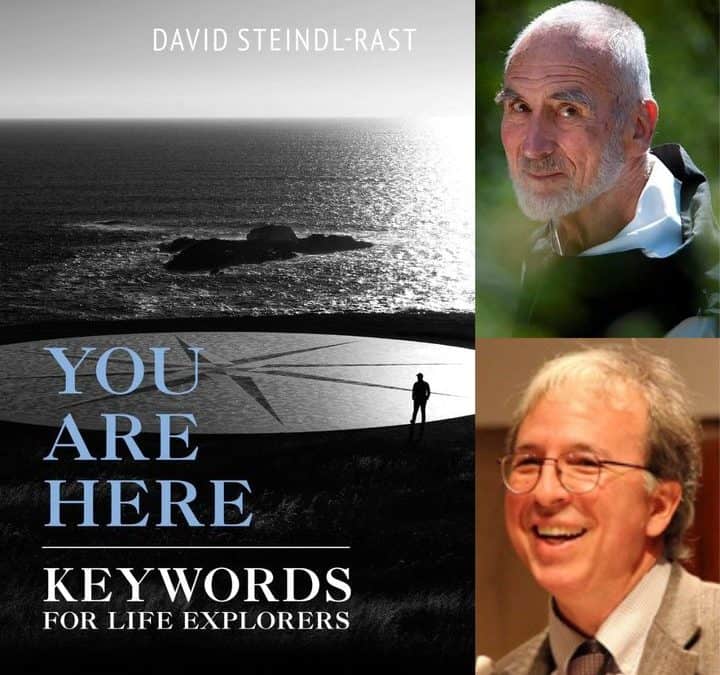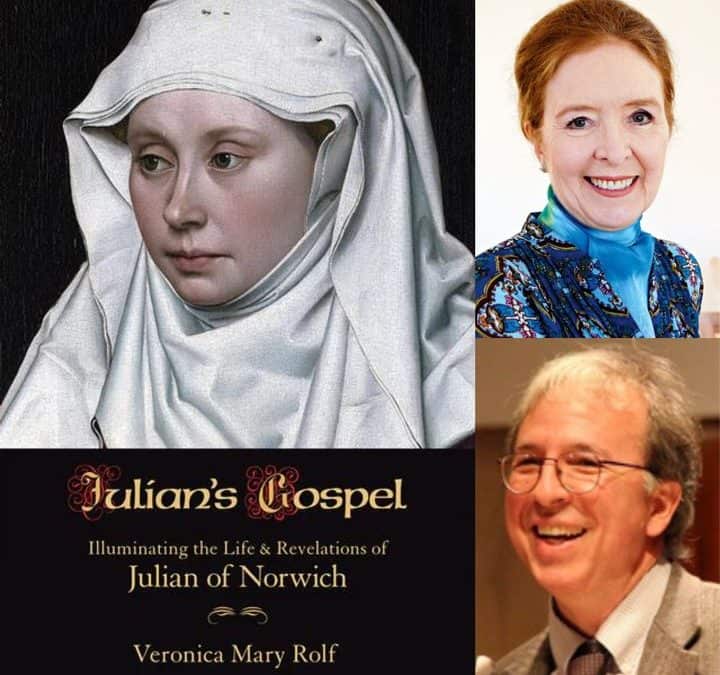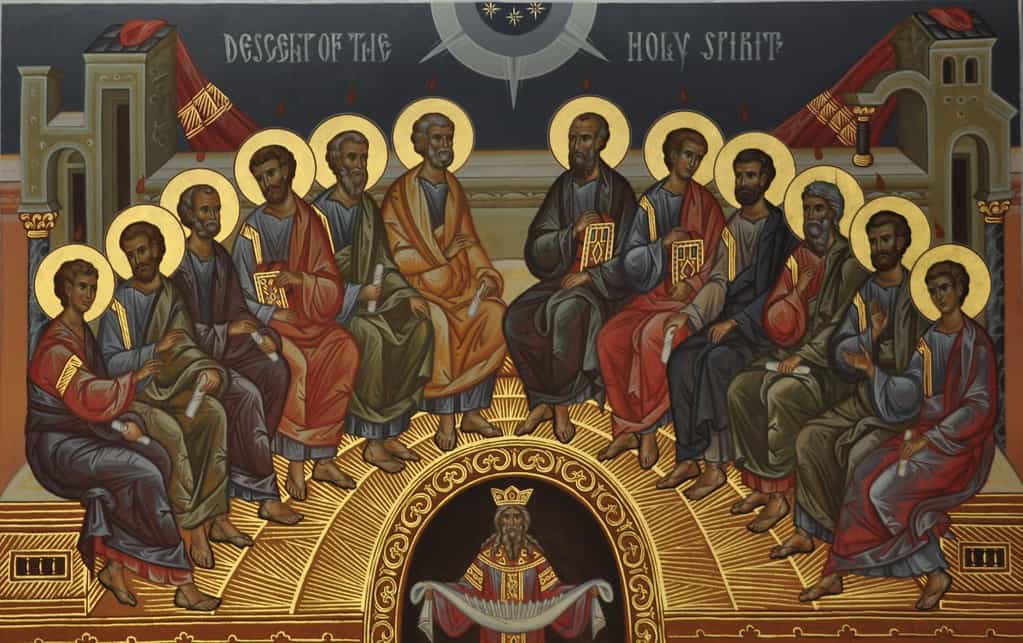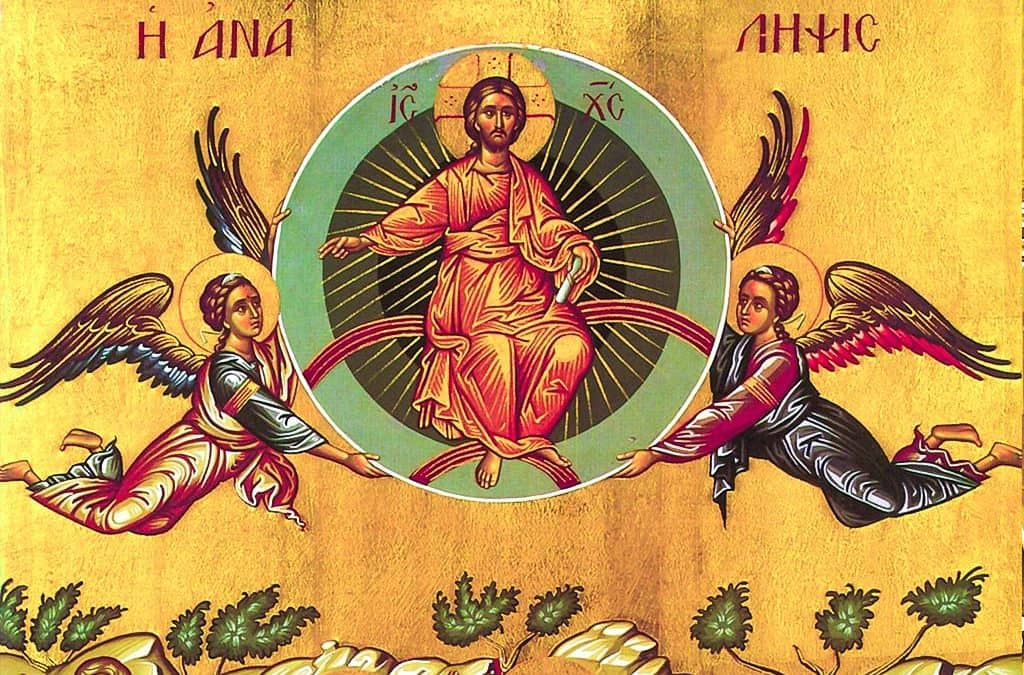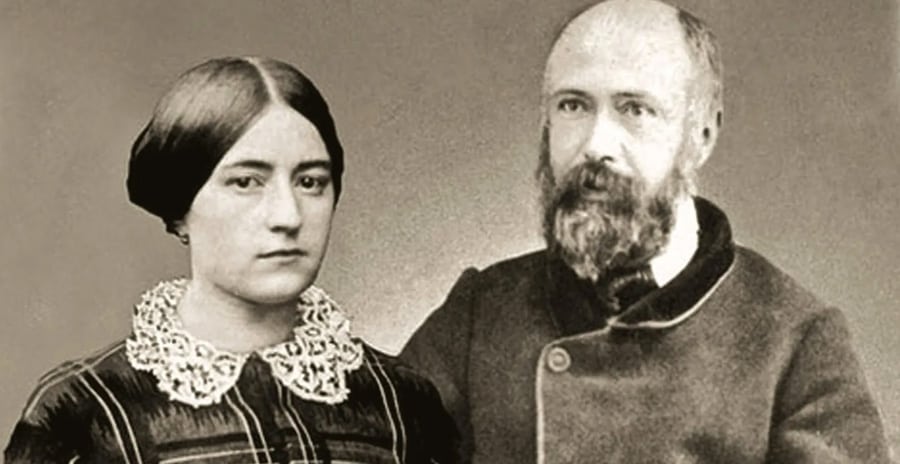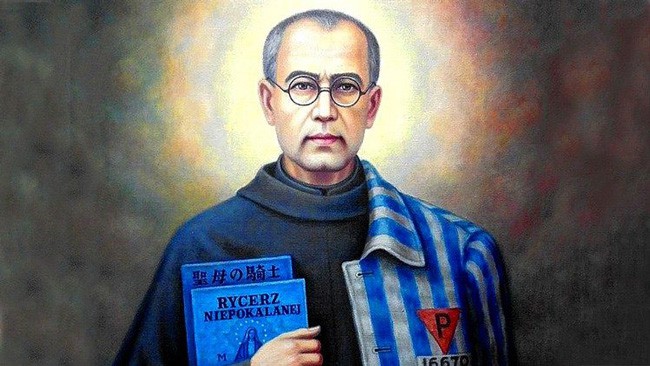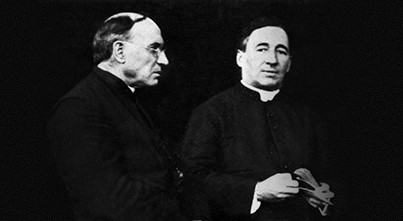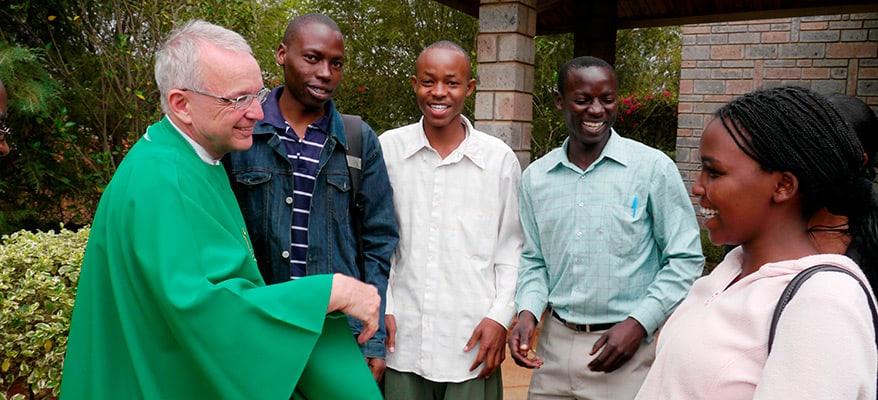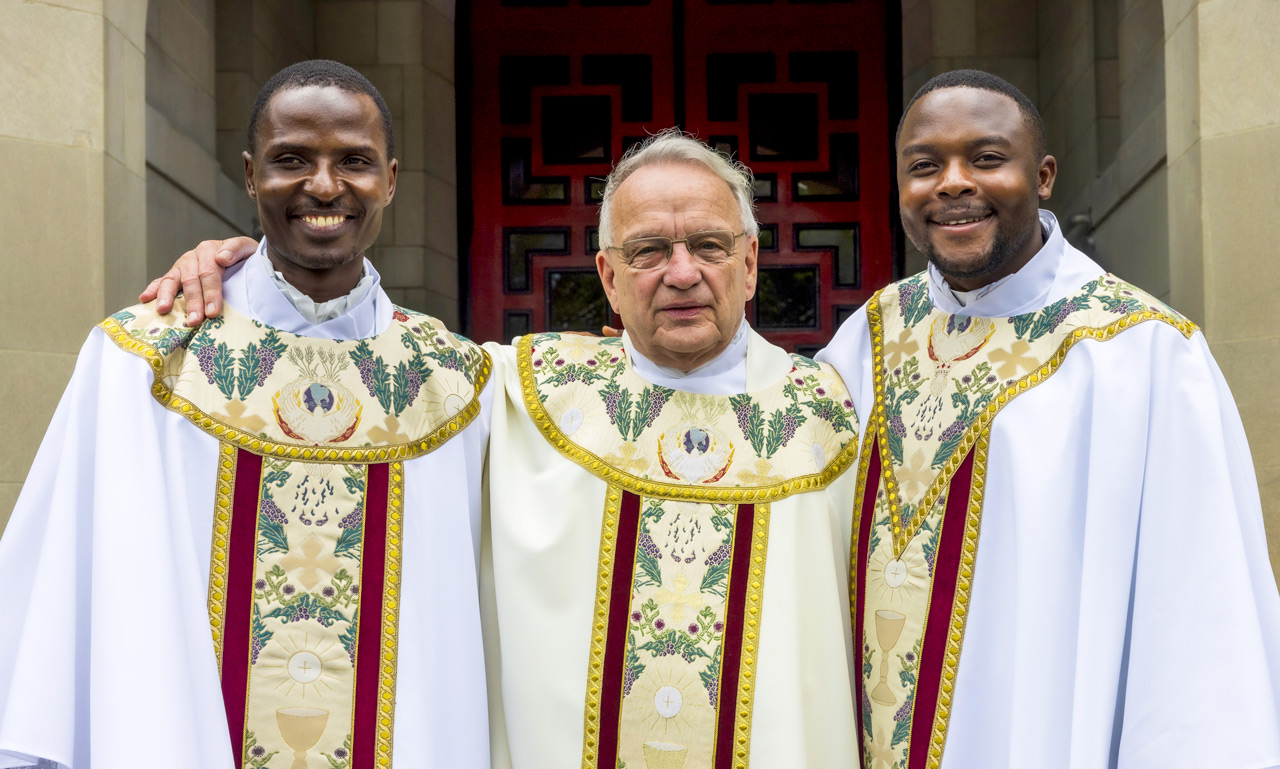
Feeding on Living Bread Journey of Faith
Corpus Christi
Our feast today is Corpus Christi, the Body of Christ; more formally, it is termed: The Most Holy Body and Blood of Christ. Today’s Gospel is drawn from chapter six of John’s Gospel, often termed the “bread of life” chapter. Here Jesus declares: “I am the bread of life…. I am the bread that came down from heaven…. My flesh is real food and my blood is real drink.” Hearing Jesus’ words, many of his ordinary followers abandoned him. The Twelve stayed with Jesus; Peter declared: “Lord to whom shall we go? You have the words of eternal life.”
Saintly Insights. Since this year is the 150th anniversary of Saint Thérèse of Lisieux (1873-2023), we can draw much inspirational insight from her writings on the Eucharist. Each of these quotes provides us with rich material for reflection. She wrote: “The guest of our soul knows our misery; He comes to find an empty tent within us—that is all He asks.” “Receive Communion often, very often…. There you have the sole remedy, if you want to be cured. Jesus has not put this attraction in your heart for nothing.”
Thérèse continues: “By our little acts of charity practiced in the shade we convert souls far away, we help missionaries, we win for them abundant alms; and by that means build actual dwellings spiritual and material for our Eucharistic Lord.” “It is not to remain in a golden ciborium that He comes down each day from heaven, but to find another heaven, the heaven of our soul in which He takes delight.”
Additional Wisdom. The “Little Flower” Saint instructs us. “Do you realize that Jesus is there in the tabernacle expressly for you—for you alone? He burns with the desire to come into your heart…. Don’t listen to the demon, laugh at him, and go without fear to receive the Jesus of peace and love.” “You must open a little, or rather raise on high your corolla so that the Bread of Angels may come as divine dew to strengthen you, and to give you all that is wanting to you.”
“O Jesus, on this day you have filled all my desires. From now on, near the Eucharist, I shall be able to sacrifice myself in silence, to wait for Heaven in peace. Keeping myself open to the rays of the Divine Host, in this furnace of love, I shall be consumed. And, like a seraphim, Lord, I shall love you.”
Our Response. As we admire the insights of this small Thérése, let us remember that her childlike joy at being in the presence of the Eucharistic Lord is something to strive for. In addition, we recall that our United States bishops conference has inaugurated the National Eucharistic Revival. The goal of this endeavor is: “To renew the Church by enkindling a living relationship with the Lord Jesus Christ in the Holy Eucharist.” Blessings to you and your loved ones on this feast of Corpus Christi.
James H. Kroeger, M.M.
Trinity Sunday
Father, Son and Holy Spirit,
I bow before the sublime mystery
of one God in three divine persons
confessing I do not fully comprehend
a truth far beyond human understanding.
You, in whose image all people were made,
nevertheless reveal yourself as
creator, Redeemer and Sanctifier,
thus inviting us to experience
the fullness of your Being though
it remains outside our poor ability
to fully comprehend.
God, by becoming one of us
and filling us with the Holy Spirit
you nonetheless invite us to enter fully
into a mystery we will never understand
until that Day when by your grace
we stand totally alive in you.
Amen.
Prayer by Father Joe Veneroso, M.M.
